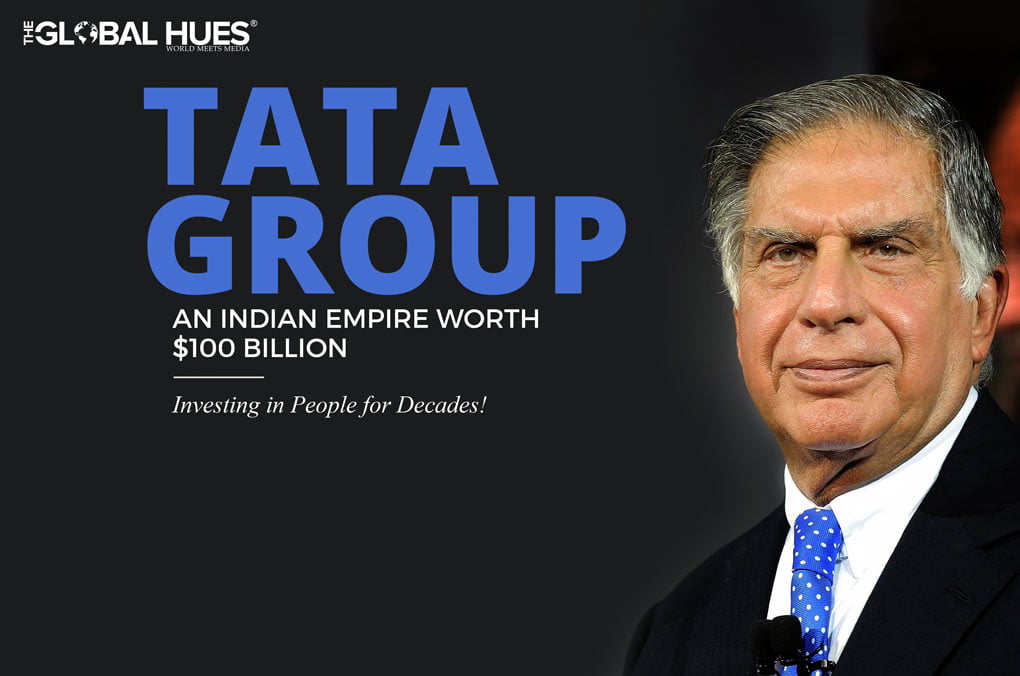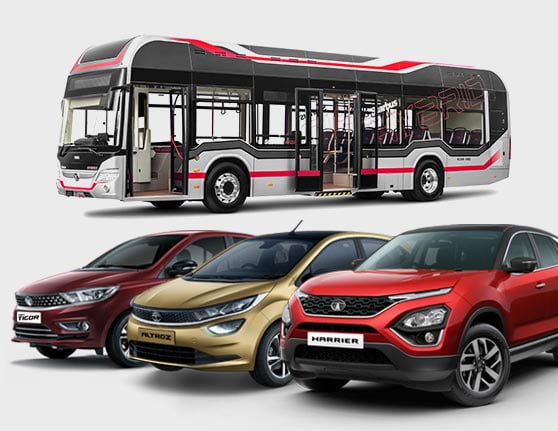Tata Technologies has its headquarters in Pune and regional headquarters in the United States (Detroit, Michigan). As of 2023, the company has a combined global workforce of more than 11,000 employees across its 18 delivery centers in India, North America, Europe and the Asia-Pacific region.[10][11]
Tata Technologies Limited is an Indian multinational product engineering company that provides services in engineering and design, product lifecycle management, manufacturing, product development, and IT service management to automotive and aerospace original equipment manufacturers as well as industrial machinery companies.[7][8] It is a subsidiary of Tata Motors.[9]
Tata Technologies History
Tata Technologies was founded in 1989, as the automotive design unit of Tata Motors.[12] It was hived off as a separate company in 1994, with Tata Motors continuing to hold a majority stake and be its biggest client.[13]
In November 2023, Tata Technologies launched its book-built initial public offering (IPO) of ₹3,042 crore (US$380 million), making it Tata Group’s first public offering in nearly two decades.[19]
Tata Technologies Inc acquired INCAT International, a UK-and US-based automotive and aerospace engineering company, in August 2005 for £53.4 million.[14]
In 2011, Tata Technologies raised ₹141 crore (US$30 million) by selling 13% stake to Tata Capital and Alpha TC Holdings.[15]
In April 2013, Tata Technologies acquired Cambric Corporation, an American engineering services company, for $32.5 million.[16]
In 2017, in an effort to reduce Tata Motors’ debt, the Tata Group announced that it would sell a 43% stake in Tata Technologies to private equity firm Warburg Pincus for $360 million and cease to be the controlling shareholder in the company.[17] However, the deal was called off in 2018.[18]
TATA Group

he Tata Group was founded as a private trading firm in 1868 by entrepreneur and philanthropist Jamsetji Nusserwanji Tata. In 1902 the group incorporated the Indian Hotels Company to commission the Taj Mahal Palace & Tower, the first luxury hotel in India, which opened the following year. After Jamsetji’s death in 1904, his son Sir Dorab Tata took over as chair of the Tata Group. Under Dorab’s leadership the group quickly diversified, venturing into a vast array of new industries, including steel (1907), electricity (1910), education (1911), consumer goods (1917), and aviation (1932).
Following Dorab’s death in 1932, Sir Nowroji Saklatwala became the group’s chair. Six years later Jehangir Ratanji Dadabhoy Tata (J.R.D.) took over the position. His continued expansion of the company into new sectors—such as chemicals (1939), technology (1945), cosmetics (1952), marketing, engineering, and manufacturing (1954), tea (1962), and software services (1968)—earned Tata Group international recognition.
In 1945 Tata Group established the Tata Engineering and Locomotive Company (TELCO) to manufacture engineering and locomotive products; it was renamed Tata Motors in 2003. In 1991 J.R.D.’s nephew, Indian business mogul Ratan Tata, succeeded him as chairman of the Tata Group. Upon assuming leadership of the conglomerate, Ratan aggressively sought to expand it, and increasingly he focused on globalizing its businesses. In 2000 the group acquired London-based Tetley Tea, and in 2004 it purchased the truck-manufacturing operations of South Korea’s Daewoo Motors. In 2001 Tata Group partnered with American International Group, Inc. (AIG) to create the insurance company Tata-AIG.
In 2007 Tata Steel completed the biggest corporate takeover by an Indian company when it acquired the giant Anglo-Dutch steel manufacturer Corus Group.
The following year the company made headlines worldwide when it ventured into the automotive industry. On January 10, 2008, Tata Motors officially launched the Nano, a tiny, rear-engine, pod-shaped vehicle that eventually sold at a base price (excluding options, tax, and transportation fees) equivalent to $1,500 to $3,000. Although only slightly more than 3 metres (10 feet) long and about 1.5 metres (5 feet) wide, the highly touted “People’s Car” could seat up to five adults and, in Tata’s words, would provide a “safe, affordable, all-weather form of transport” for millions of middle- and lower-income consumers both in India and abroad.
The first Nano hit the road in India in July 2009. Tata Motors purchased the elite British brands Jaguar and Land Rover from the Ford Motor Company in 2008. Four years later Ratan Tata retired and was succeeded by Cyrus Mistry. Mistry was abruptly dismissed as chairman in October 2016—reportedly over disagreements with members of the Tata family regarding business strategy—and Ratan returned to the position on an interim basis. Ratan’s second stint as chairman ended in January 2017 when Natarajan Chandrasekaran was appointed to the position.
In September 2017 the Tata Group announced plans to merge its European steelmaking operations with those of the German steelmaker ThyssenKrupp. The merger, which would have created Europe’s second largest steel company (after ArcelorMittal), was blocked by the European Commission over antitrust regulations. In 2022 the Tata Group acquired Air India, an airline founded by the Tata family in 1932 that had been nationalized in 1953.
Tata Motors

Tata Motors Ltd. engages in the manufacture of motor vehicles. It operates through the Automotive and Other Operations segments. The Automotive segment operations include all activities relating to the development, design, manufacture, assembly and sale of vehicles including vehicle financing, as well as sale of related parts and accessories. The Other Operations segment includes information technology services, and machine tools and factory automation solutions. The company was founded on September 1, 1945 and is headquartered in Mumbai, India.